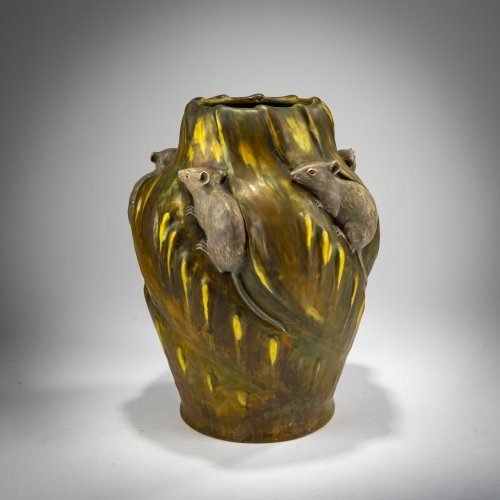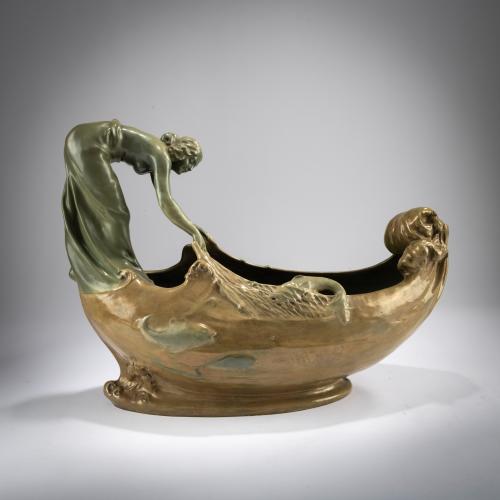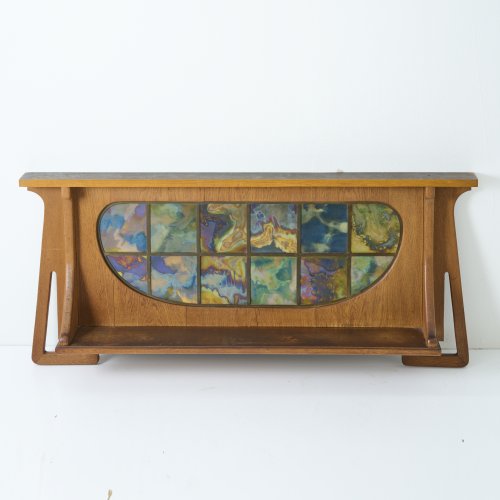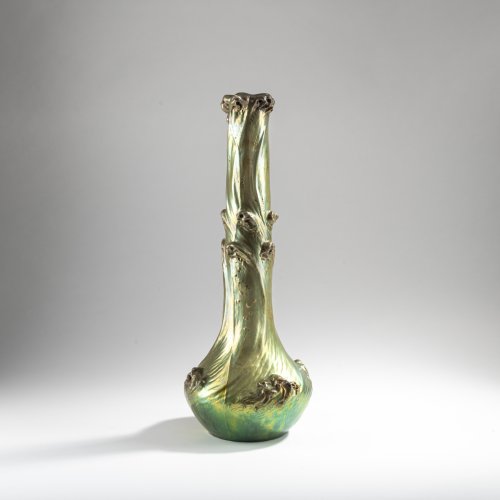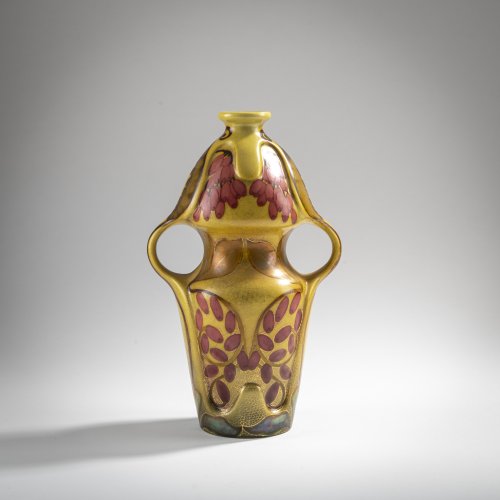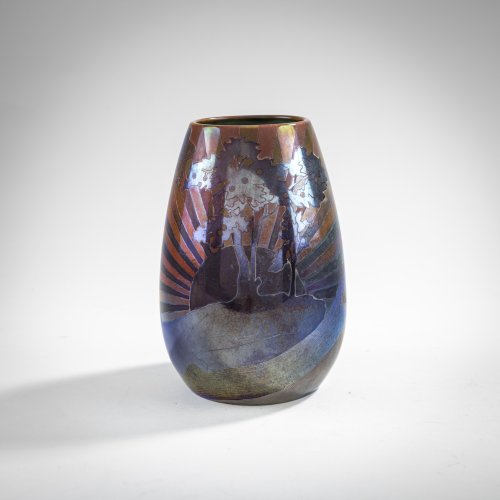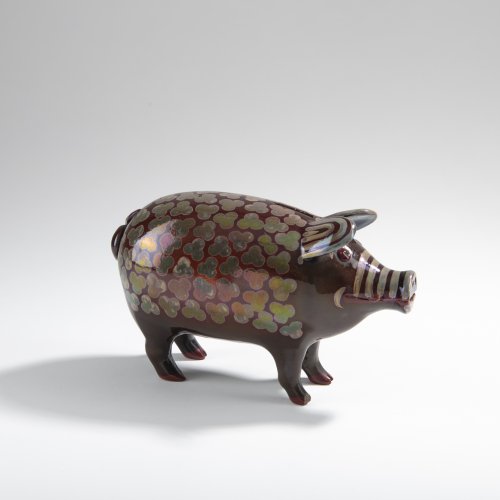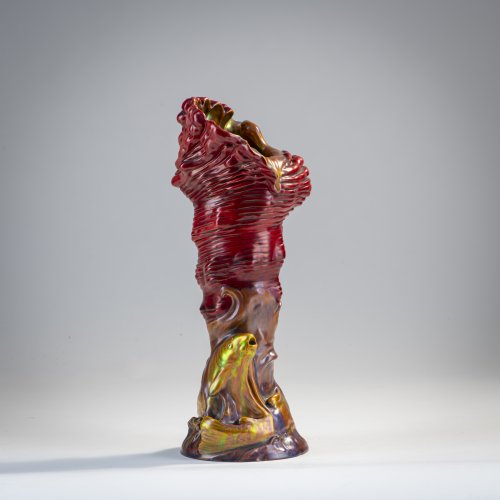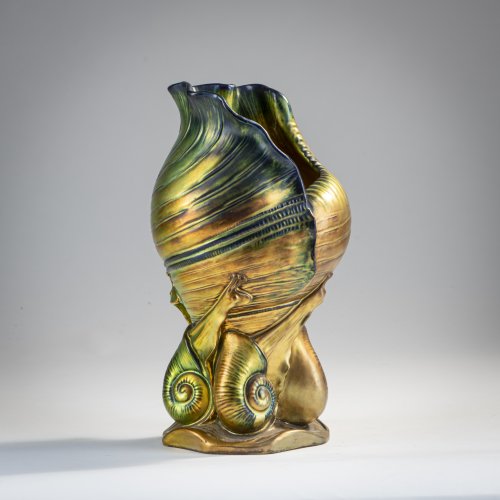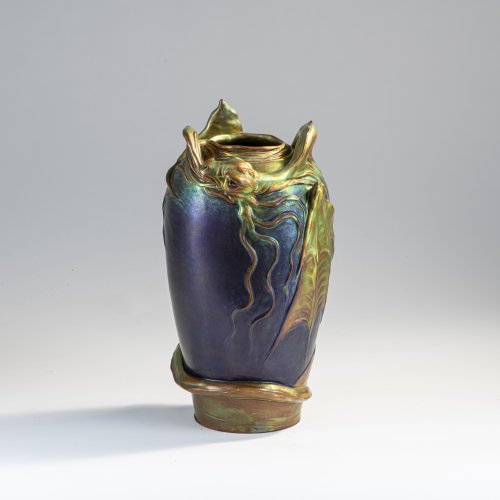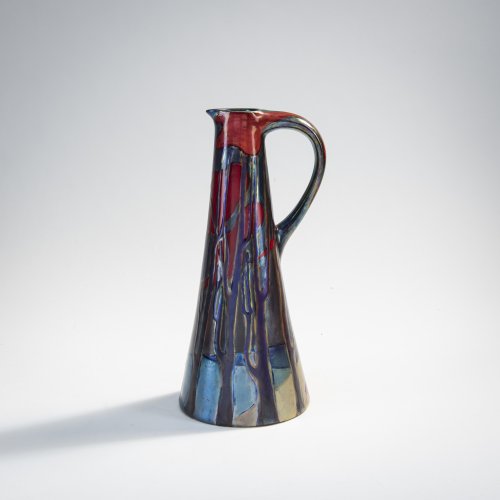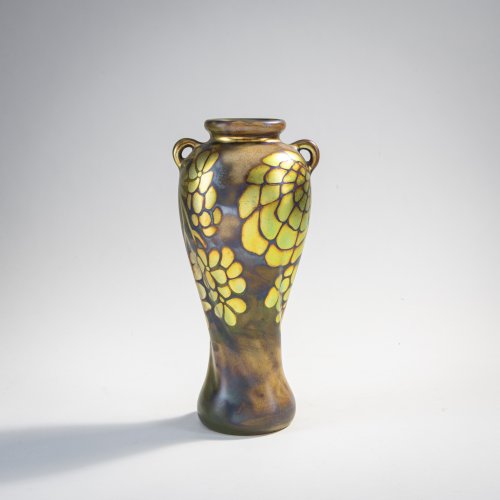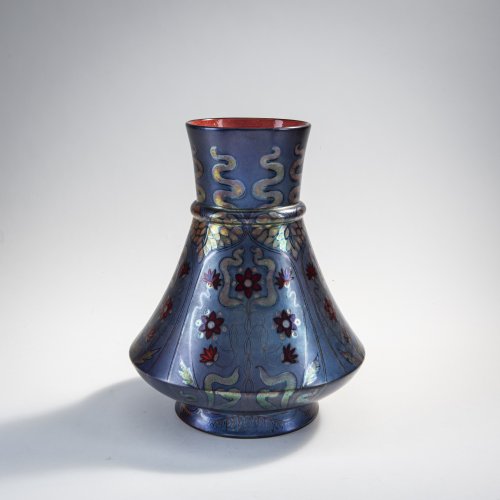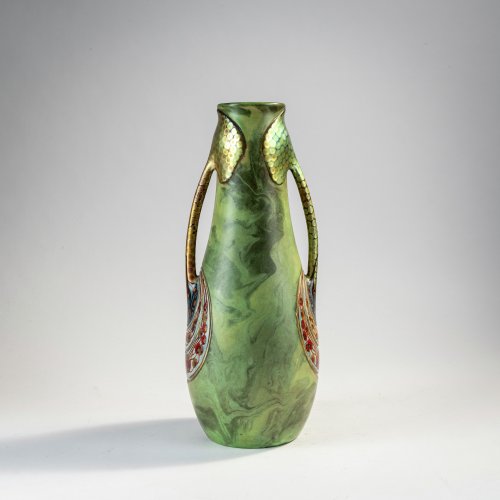Biography
Vilmos Zsolnay (1828-1900)
The young Vilmos, son of a successful merchant in Pécs, Hungary, was interested in art and science from an early age. However, it was intended that he would take over the family business, and so he initially studied business administration at the Polytechnic in Vienna, where he completed an internship in a gallantry shop. Back in Pécs in 1853, he succeeded in transforming his father's already renowned shop into a Parisian-style department store in just a few years. Equipped with good business sense, he successfully invested the proceeds in such diverse sectors as coal production and the timber industry as well as in the emerging railway construction industry. A decade later, he used his success to save the family-owned earthenware factory, which had barely managed to stay afloat under his older brother Ignác. With an artistic flair and open to new influences, he hired employees from home and abroad and began experimenting with new materials, decorations and techniques with fervour. His discoveries included new materials such as porcelain faience and pyrogranite, a clay that was primarily used as architectural décor due to its resistance to temperature and water. Travelling abroad and participating in the World Exhibitions of 1873 and 1878 inspired him to experiment with high-firing glazes based on the Chinese model and to take up millennia-old decorations from Persia and the Ottoman Empire (“Iznik”). He reached a milestone together with the chemist Vince Wartha. They succeeded in uncovering the secret of the lustre glaze, which had been cultivated in the Egyptian ceramics centre of Fustat over a thousand years previously. It is the so-called Eosin glaze that still ensures that Zsolnay products are highly sought after worldwide. Vilmos Zsolnay died in 1900 and was buried in a mausoleum on the factory premises, knowing that his children, Teréz, Jùlia and Miklòs, would carry on his work.
